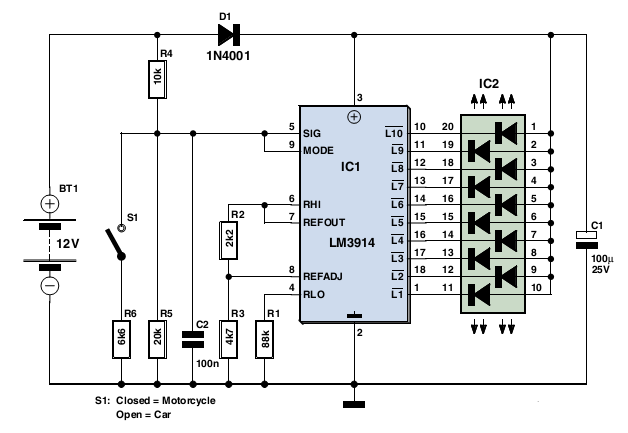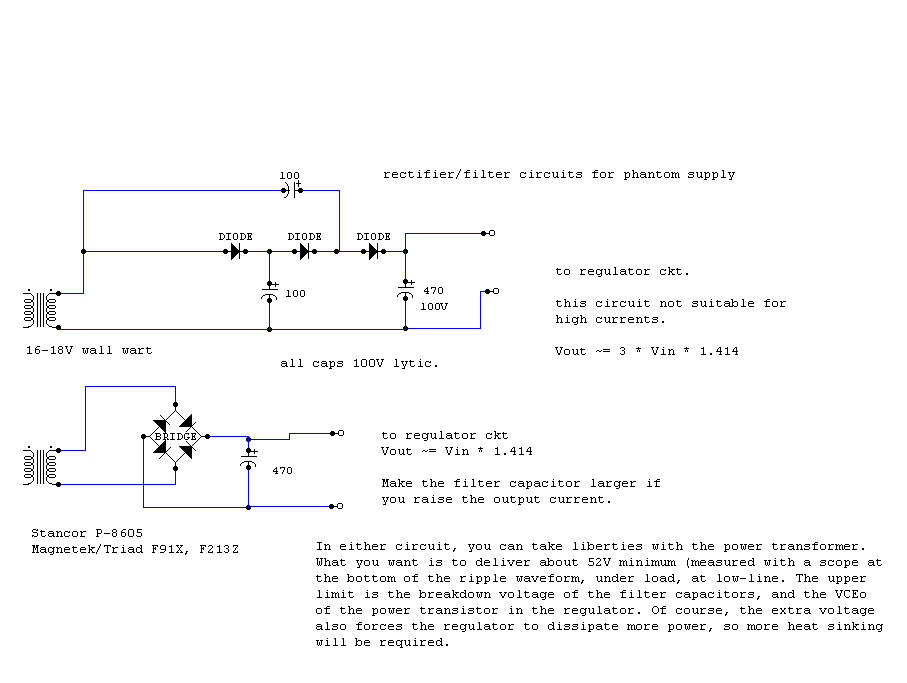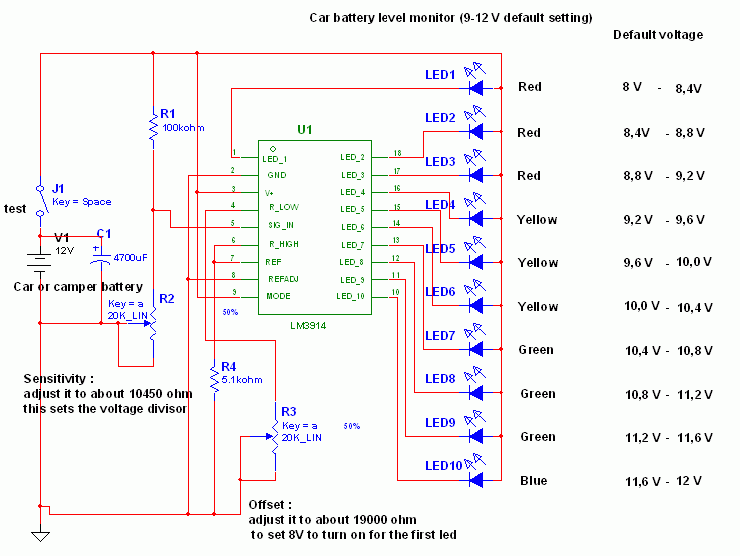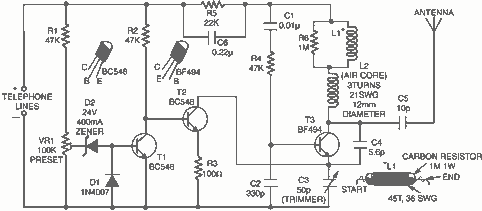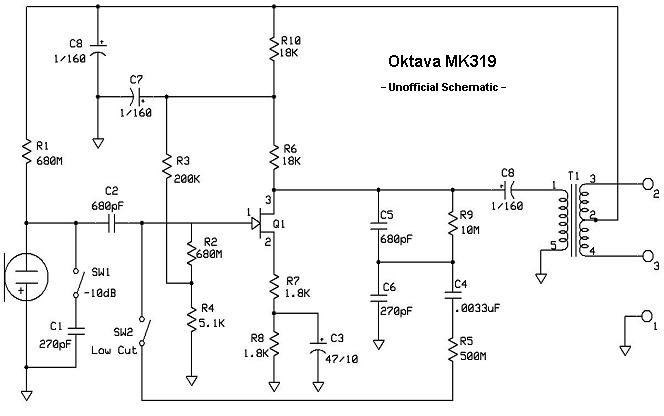
Mobile Phone Battery Charger
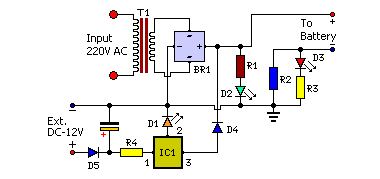
A small and portable unit that can be assembled on a veroboard. Mobile phone chargers available in the market are quite expensive. The circuit presented here comes...
The described circuit is a compact and cost-effective mobile phone charger designed for assembly on a veroboard. This design allows for easy customization and prototyping, making it suitable for electronics enthusiasts and engineers alike.
The circuit typically incorporates a voltage regulator to ensure that the output voltage matches the requirements of various mobile phone models. Commonly used components may include a 7805 voltage regulator, which provides a stable 5V output, suitable for charging most mobile devices.
Additionally, the circuit may feature input protection components such as diodes to prevent reverse polarity and ensure safe operation. Capacitors are often included at the input and output of the voltage regulator to filter noise and stabilize the voltage, enhancing the performance of the charger.
For efficiency, a switching regulator could be employed instead of a linear regulator, which would reduce heat generation and increase overall energy efficiency. The design could also incorporate a USB output for compatibility with standard charging cables, allowing for widespread usability.
Moreover, the circuit can be powered from a variety of sources, including wall adapters or solar panels, making it versatile for different applications. The use of a veroboard for assembly provides flexibility in component placement and circuit modifications, allowing users to adapt the charger to meet specific needs or to integrate additional features such as LED indicators to show charging status.
This mobile phone charger circuit is an excellent project for those looking to understand power management in electronics while providing a practical solution for charging devices economically.Small and portable unit, Can be assembled on veroboard Mobile phone chargers available in the market are quite expensive. The circuit presented here comes.. 🔗 External reference
The described circuit is a compact and cost-effective mobile phone charger designed for assembly on a veroboard. This design allows for easy customization and prototyping, making it suitable for electronics enthusiasts and engineers alike.
The circuit typically incorporates a voltage regulator to ensure that the output voltage matches the requirements of various mobile phone models. Commonly used components may include a 7805 voltage regulator, which provides a stable 5V output, suitable for charging most mobile devices.
Additionally, the circuit may feature input protection components such as diodes to prevent reverse polarity and ensure safe operation. Capacitors are often included at the input and output of the voltage regulator to filter noise and stabilize the voltage, enhancing the performance of the charger.
For efficiency, a switching regulator could be employed instead of a linear regulator, which would reduce heat generation and increase overall energy efficiency. The design could also incorporate a USB output for compatibility with standard charging cables, allowing for widespread usability.
Moreover, the circuit can be powered from a variety of sources, including wall adapters or solar panels, making it versatile for different applications. The use of a veroboard for assembly provides flexibility in component placement and circuit modifications, allowing users to adapt the charger to meet specific needs or to integrate additional features such as LED indicators to show charging status.
This mobile phone charger circuit is an excellent project for those looking to understand power management in electronics while providing a practical solution for charging devices economically.Small and portable unit, Can be assembled on veroboard Mobile phone chargers available in the market are quite expensive. The circuit presented here comes.. 🔗 External reference
